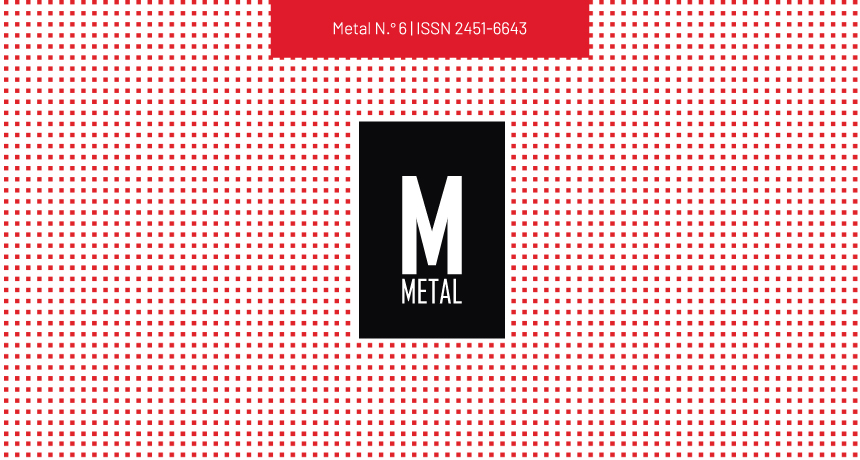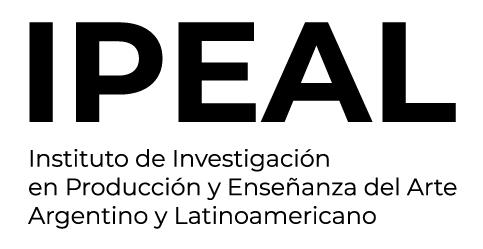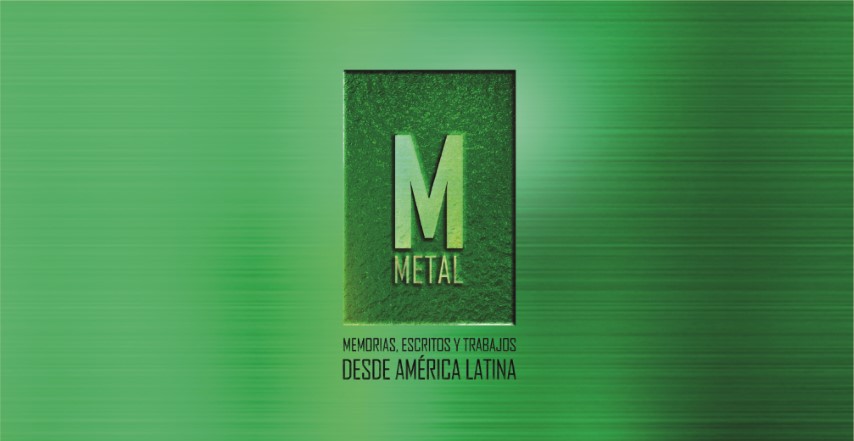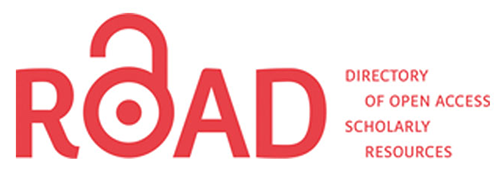Visual Arts, Teaching and Pandemic
DOI:
https://doi.org/10.24215/4516643e019Keywords:
Visual arts, teaching, pandemicAbstract
This article ponders on the teaching of the Visual Arts during the coronavirus pandemic and the quarantine. The distance from the usual teaching practice allows us to have a profound epistemological vigilance: who do we teach? What is the purpose of teaching? What do we teach? How do we teach? In this context of urgency, the virtuality was adopted as an educational tool. This raises questions about teaching-learning relationships, class dynamics, planning, objectives, instructions and evaluation.References
Anijovich, R. (2016). Gestionar una escuela con aulas heterogéneas. Enseñar y aprender en la diversidad. Ciudad Autónoma de Buenos Aires, Argentina: Paidós.
Anijovich, R. y Mora, S. (2010). Estrategias de enseñanza: otra mirada al quehacer en el aula. Ciudad Autónoma de Buenos Aires, Argentina: Aique Grupo Editor.
Augustowsky, G. (2012). El arte en la enseñanza. Ciudad Autónoma de Buenos Aires, Argentina: Paidós.
Belardinelli, P. y Catibiela, A. (2017). Consideraciones sobre el arte y su enseñanza. Apuntes de clase. Metal, 3(3), 75-85. Recuperado de http://papelcosido.fba.unlp.edu.ar/ojs/index.php/metal/article/view/462
Belinche, D. (2017). Diez formas de arruinar una clase. Recuperado de http://papelcosido.fba.unlp.edu.ar/libros/libro-diez-formas-arruinar.html
Canal ISEP. (23 de abril de 2020). «La clase en pantuflas». Conversatorio virtual con Inés Dussel. ISEP [Videoconferencia]. Disponible en https://www.youtube.com/watch?v=6xKvCtBC3Vs&list=LLA3bxMjNeqpVwpCUwWvYpUw&index=3&t=3s
Consejo Federal de Educación. (25 de agosto de 2010). Resolución CFE N.° 111/10 - Anexo. La educación artística en el sistema educativo nacional. Recuperado de http://repositorio.educacion.gov.ar:8080/dspace/bitstream/handle/123456789/54077/14862.pdf?sequence=1
Consejo Federal de Educación. (30 de septiembre de 2010). Resolución CFE N.° 120/10. Anexo 1. Criterios generales para la construcción de la Secundaria de Arte (Orientada, Especializada y Técnico-Artística). Recuperado de http://repositorio.educacion.gov.ar/dspace/bitstream/handle/123456789/110044/ARt%20resol%20120%20web.pdf?sequence=1
Consejo Federal de Educación. (15 de agosto de 2012). Resolución CFE N.° 179/12. Anexos 1 a 5. Recuperado de http://repositorio.educacion.gov.ar:8080/dspace/bitstream/handle/123456789/110045/ARTE%20Resol%20179-192%20web.pdf?sequence=1
Fba a la carta. (13 de mayo de 2020). Cuarentena, evaluación y después [Videoconferencia]. Disponible en https://www.youtube.com/watch?v=NK7Cyp75x2A&t=854s
Freire, P. [1968] (2013). Pedagogía del oprimido. Ciudad Autónoma de Buenos Aires, Argentina: Siglo Veintiuno.
Freire, P. (2006). El grito manso. Ciudad Autónoma de Buenos Aires, Argentina: Siglo Veintiuno.
Nicolás Trotta. (6 de mayo de 2020). Conferencia con Francesco Tonucci [Videoconferencia]. Disponible en https://www.youtube.com/watch?v=OZ5N-WjqKUA
Zemelman, H. (2006). El conocimiento como desafío posible. Ciudad de México, México: Instituto Politécnico Nacional, Instituto Pensamiento y Cultura en América Latina, A.C.
Downloads
Published
How to Cite
Issue
Section
License
The acceptance of the manuscript by the magazine means the non-exclusive cession of the property rights of the authors in favour of the editor, who allows the reuse, after publication (post print), under a license Attribution-NonCommercial-NoDerivatives 4.0 International.
According to these terms, the material can be copied and redistributed by any means or in any format as long as a) the author and original source of the publication are quoted (magazine and URL of the work), access to the license is provided and whether changes have been made is mentioned; and b) the material is not used for commercial purposes.
The cession of non-exclusive rights means that after the publication (post print) in Metal the authors can publish their work in any language, means and format; in such cases it must be mentioned that the material was originally published in this magazine. Such cession also means the authorization of the authors for the work to be collected by SEDICI, the institutional archive of the Universidad Nacional de La Plata, and to be spread in the databases that the editorial team considers appropriate to increase the visibility of the publication and its authors.
Moreover, the magazine encourages the authors to deposit their productions in other institutional and thematic archives under the principle that offering the society the scientific and academic production without any restrictions contributes to a greater exchange of the global knowledge.



























